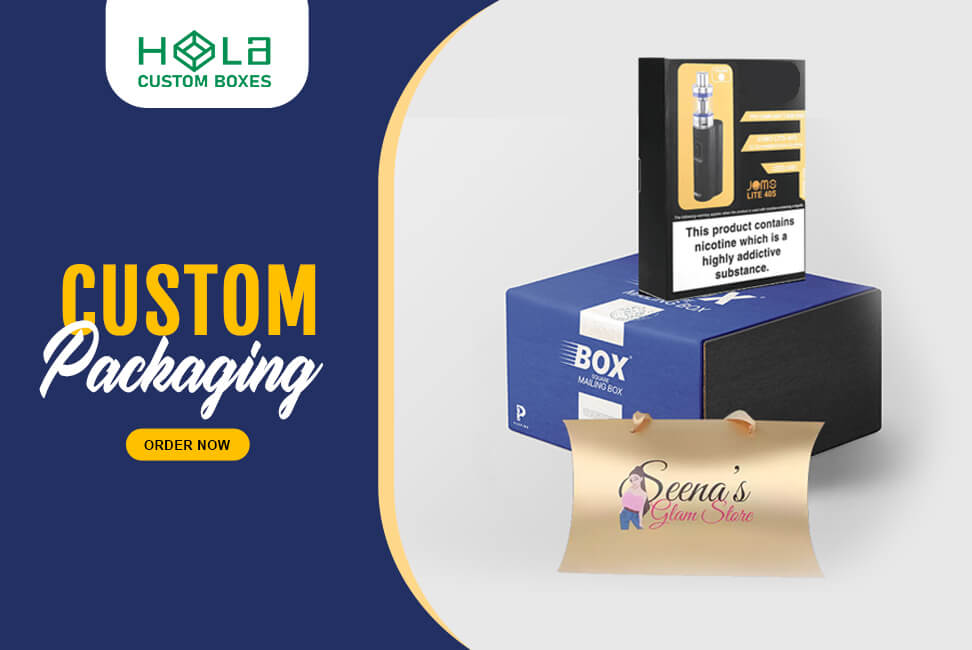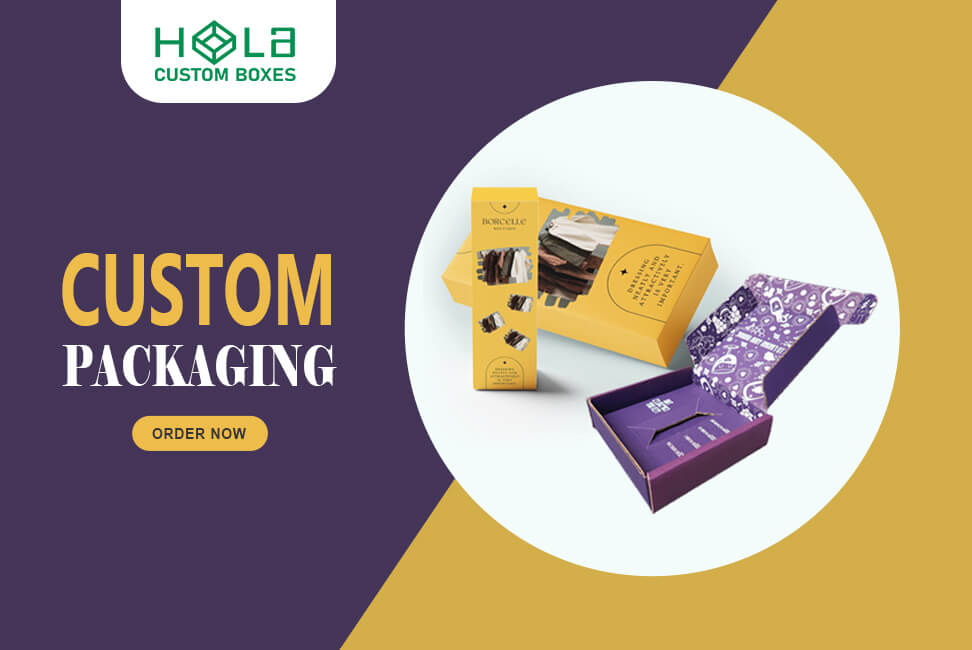The Essential Guide To Paper Grades For Packaging
2025-12-11 08:21:33
The Essential Guide To Paper Grades For Packaging
In today's highly competitive market, packaging plays a crucial role in attracting customers and protecting products. The choice of paper grade for packaging is of utmost importance, as it directly impacts the quality, strength, durability, and cost of packaging materials.
With various options available, such as kraft paper, corrugated board, solid bleached sulfate (SBS) paperboard, coated paper, and more, it can be overwhelming to make the proper selection.
For instance, consider a food company that wants to package its delicate pastries. The packaging needs to not only showcase the product's visual appeal but also ensure its protection during transportation. This is where understanding the characteristics and impact of different paper grades becomes crucial.
In this article, we will provide an essential guide to paper grades for packaging, exploring their unique features, sustainability aspects, and suitability for different packaging needs.
From eco-friendly options like kraft paper and corrugated board to high-quality SBS paperboard and folding box board, we will delve into the strengths and weaknesses of each grade.
Additionally, we will discuss the aesthetic appeal of natural kraft and coated unbleached kraft, as well as the various finishes available in the market.
By providing technical, precise information, this guide aims to help businesses make informed decisions on the most suitable paper grade for their packaging requirements.
Key Takeaways
- Packaging materials must be durable to protect products during transportation, storage, and display.
- Various types of paper exhibit distinct features that influence the strength, resilience, and cost of packaging.
- Sustainable packaging materials, such as paper, can reduce carbon emissions, waste, and energy consumption.
- Four popular paper grades for packaging are kraft paper, corrugated board, solid bleached sulfate (SBS) paperboard, and coated paper.
Understanding Common Paper Grades for Packaging
Choosing the right paper grade is essential for packaging performance, as each type offers unique characteristics that affect strength, durability, and cost. Kraft paper is prized for its toughness and is typically used in heavy-duty packaging where durability is key. Corrugated board features a fluted layer between two linerboards, providing excellent cushioning and protection, making it ideal for fragile or delicate items.
High-Quality Paperboard Options for Printing and Protection

Solid Bleached Sulfate (SBS) paperboard is a premium option known for its strength and bright white surface, making it ideal for high-quality printing and a polished appearance. Coated paper offers a smooth finish and is commonly chosen for packaging that demands vibrant, detailed graphics. Understanding these differences helps you select the best material to balance quality, protection, and visual appeal in your packaging.
Characteristics and Impact
One significant aspect to consider when selecting packaging paper is the distinct characteristics of each grade and how they can influence the overall effectiveness of the packaging materials.
Durability factors such as strength and resistance to external elements play a crucial role in determining the suitability of a paper grade for specific packaging needs. For example, kraft paper is known for its high tear and burst strength, making it suitable for heavy and bulky products. On the other hand, solid bleached sulfate (SBS) paperboard offers superior strength, durability, and a white surface that is ideal for high-quality printing. However, SBS is relatively expensive compared to other paper grades.
Cost comparison is another critical consideration, as it affects the overall packaging budget. Businesses must weigh the benefits of each paper grade against their specific packaging requirements and budget constraints to make an informed decision.
Sustainable Packaging Materials
Sustainable packaging materials are becoming increasingly important in the industry due to their potential to reduce environmental impact. Businesses are recognizing the advantages of using eco-friendly packaging practices, such as using recyclable materials and reducing carbon emissions, waste, and energy consumption.
Choosing sustainable packaging materials, such as paper grades made from recycled materials, can help businesses minimize their environmental footprint. Natural Kraft (SUS) and Coated Unbleached Kraft (CUK) are eco-friendly paperboard grades made from recyclable materials. These paper grades offer a unique natural aesthetic appeal and can be coated with clay or polyethylene resin for added durability, tear resistance, and water- and grease-resistance.
By adopting sustainable packaging materials and practices, businesses can contribute to a more environmentally conscious and responsible industry.
Kraft Paper and Corrugated Board
Kraft paper and corrugated board, while not the most glamorous packaging materials, are like the unsung heroes of the industry, providing the strength and durability needed to protect products during transportation and storage.
Kraft paper is a sturdy and versatile material made from wood pulp, known for its excellent tear resistance and tensile strength. It is commonly used in industries such as food, beverage, and retail for packaging products like grocery bags, envelopes, and boxes. Kraft paper is especially advantageous for its ability to withstand heavy loads and resist punctures.
On the other hand, corrugated board consists of a fluted layer sandwiched between two flat layers, providing enhanced cushioning and protection. It is commonly used for shipping boxes, displays, and packaging fragile items like electronics and glassware. Corrugated board offers superior stacking strength and impact resistance.
Both kraft paper and corrugated board have unique applications across different industries, depending on specific packaging requirements and product characteristics.
Solid Bleached Sulfate (SBS) Paperboard

Solid Bleached Sulfate (SBS) paperboard is a high-quality material commonly used in retail product packaging due to its superior strength, durability, and white printing surfaces.
SBS paperboard offers several advantages for packaging applications. Firstly, it provides excellent stiffness and structural integrity, making it suitable for packaging products that require protection during transportation and storage. Additionally, SBS paperboard has a smooth, consistent surface, enabling high-quality printing and vibrant graphics.
However, there are also some disadvantages to using SBS paperboard. One major drawback is its environmental impact, as it is produced from virgin fibers and is less eco-friendly than other paper grades. Furthermore, SBS paperboard is relatively expensive compared to other options, primarily due to its high-quality production process and use of virgin fibers.
When comparing SBS paperboard to Folding Box Board (FBB), the latter offers similar strength and durability, with the added advantage of being made from multi-ply paper pulp, making it more cost-effective and environmentally friendly.
Coated Paper and Clay Coated News Backboard (CCNB)
Moving on from the previous subtopic on Solid Bleached Sulfate (SBS) Paperboard, we will now explore Coated Paper and Clay Coated News Backboard (CCNB) in the context of paper grades for packaging.
Coated paper is a type of paper that has been coated with a layer of clay or other materials to enhance its printing capabilities and visual appeal. It offers a smooth and glossy surface, making it suitable for high-quality printing and vibrant colors. However, coated paper also has its disadvantages. It is less environmentally friendly than other paper grades because it uses chemicals in the coating process.
On the other hand, CCNB is a recycled paperboard grade commonly used for low-cost folding carton packaging. While it offers cost advantages, CCNB has lower tensile strength and printing output and is prone to water absorption. Therefore, specific printing techniques should be used when working with CCNB to ensure optimal results.
Folding Box Board (FBB)
Folding Box Board (FBB) is a high-quality paperboard grade known for its strength and durability. It is commonly used in various packaging applications.
FBB has a smooth surface, ideal for high-quality printing. This makes it a popular choice for businesses that require packaging with a visually appealing design.
Its multi-ply paper pulp composition provides rigidity and sturdiness, making it suitable for packaging that needs to withstand wear and tear during transportation and storage.
One advantage of FBB is its versatility. It can be used for a wide range of products, including cosmetics, electronics, and food items. Furthermore, manufacturers of FBB also offer alternatives with recycled paper content, providing a sustainable option for enterprises seeking to reduce their ecological footprint.
However, there are some disadvantages to using FBB. The cost of this particular paper grade is higher than that of others because it undergoes a meticulous production process and uses fresh fibers. Additionally, FBB can be challenging to recycle due to its multi-layered composition.
Despite these drawbacks, FBB remains a popular choice for packaging due to its durability and aesthetic appeal.
Natural Kraft and Coated Unbleached Kraft
Natural Kraft and Coated Unbleached Kraft are paperboard grades that offer a natural aesthetic appeal and are commonly utilized in various packaging applications.
Comparing natural kraft and coated unbleached kraft, both grades are made from recyclable materials, making them environmentally friendly choices.
Usually, Natural Kraft is covered with a naturally occurring clay layer, creating a sleek texture that is perfect for printing.
On the other hand, Coated Unbleached Kraft is usually coated with a polyethylene (PE) resin, which provides tear resistance, durability, and water- and grease-resistance.
However, it is essential to note that both grades are not as strong as other paper grades, such as Solid Bleached Sulfate (SBS) or Folding Box Board (FBB).
Therefore, their use may be limited to packaging applications that do not require high strength or durability.
Frequently Asked Questions
What are the different printing techniques that can be used on paper packaging?
Standard printing techniques for paper packaging include digital and offset printing. Digital printing offers high print quality, flexibility, and cost-effectiveness for small print runs. Offset printing provides precise color reproduction and is suitable for large-scale production.
How are the thickness and strength of paperboard measured?
The thickness of paperboard is measured using the PT/GSM method, which determines the material's weight per unit area. Strength testing assesses a material's ability to withstand forces and pressures without deformation or failure.
Are there any alternative sustainable packaging materials besides paperboard?
Yes, there are alternative sustainable packaging materials besides paperboard. Some examples include bioplastics, compostable materials, and recycled plastics. These eco-friendly options help reduce environmental impact and promote sustainable packaging practices.
What are the advantages of using matte finish paper packaging?
Matte-finish paper packaging offers a subtle, sophisticated aesthetic, evoking a sense of elegance and luxury. It creates a non-glossy, soft appearance that can enhance the perceived quality and value of the product, making it more appealing to consumers.
Can foil stamping and spot UV coating be used together on paper packaging?
Foil stamping and spot UV coating can be used together on paper packaging. Foil stamping involves applying metallic or colored foil, while spot UV coating creates a high-gloss finish. Combining these techniques can create a luxurious and visually appealing packaging design.
